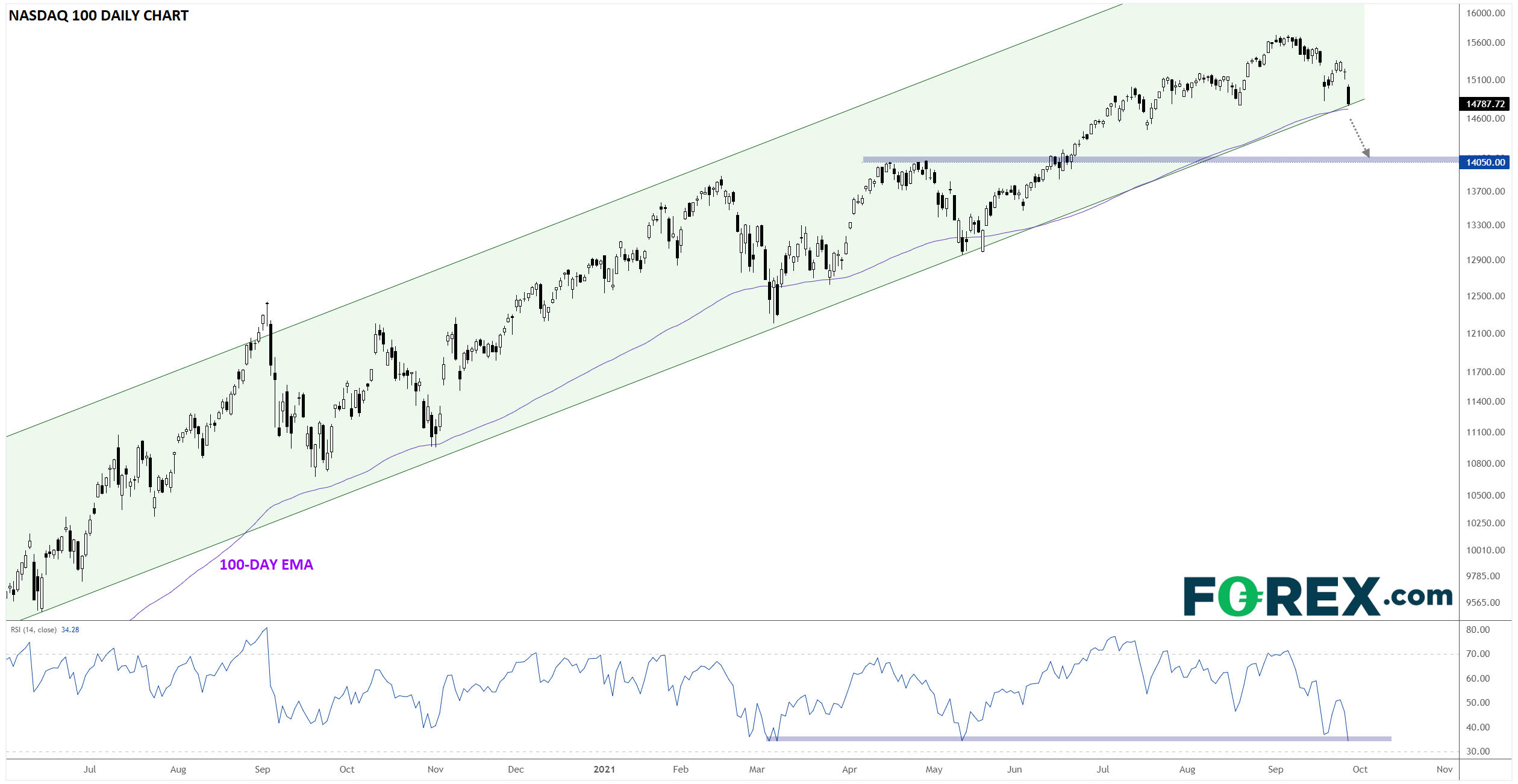If there’s been a major “trade” that’s dominated markets in the post-COVID era, and arguably the entire post-GFC era, it’s been the relentless outperformance of large-cap technology stocks.
While most of these established megacap behemoths, names like Apple (NASDAQ:AAPL), Microsoft (NASDAQ:MSFT), Alphabet (NASDAQ:GOOGL), and Facebook (NASDAQ:FB), churn out profits with high margins, traders have more recently shifted their focus toward speculating on “The Next Big Thing” with stocks like Tesla (NASDAQ:TSLA), Netflix (NASDAQ:NFLX), PayPal (NASDAQ:PYPL) and others that have decidedly lower profit margins.
While “lower profit margins” sounds like a negative attribute (and it certainly can be), stock traders have gladly accepted lower profit margins if it meant investing in fast-growing companies under the assumption that these companies could follow “The Amazon (NASDAQ:AMZN) Model” of capturing large market shares and eventually raising prices to earn bigger profits years in the future. This theory was largely supported by the price action in these names for most of the past year as both Congress and the Federal Reserve pumped liquidity into the economy to stave off the COVID pandemic.
Now though, with bond yields surging across the board and signs that stimulus may soon start to ebb, traders are questioning whether these fast-growing but less profitable companies will be able to continue their “growth at all costs” philosophy. Finance 101 tells us that the value of any investment is equal to its future cash flows, discounted back to the present at an appropriate discount rate; with the yield on risk-free government bonds rising, these future cash flows are getting discounted more aggressively, especially for firms with minimal current profits whose value is driven primarily by the expectations of large profits in the distant future.
This brings us to the Nasdaq 100, which is more aggressively weighted toward fast-growing technology stocks than the stodgy Dow Jones Industrial Average or broad S&P 500 indices. Contrary to popular perception, the Nasdaq 100 has roughly matched the performance of the Dow Jones Industrial Average over the last year and actually underperformed the S&P 500.
With rates rising yet again on Tuesday, the Nasdaq 100 was the weakest of the major US indices, losing more than 2.8%. Crucially, the index is testing key support from the bottom of its 15-month bullish channel and the 100-day EMA in the 14,700 area:

Source: TradingView, StoneX
Bulls could certainly still make a stand here and keep the Nasdaq 100 uptrend alive (indeed, based on past price action, that may be the most likely scenario), but if the index breaks conclusively below its current support level, it could open the door for a deeper retracement toward previous-resistance-turned-support in the 14,050 area next.
As experienced traders know, it’s crucial to strike a balance between respecting past trends and remaining open-minded to new developments. Time will tell if the Nasdaq 100 is at an inflection point, but traders who have spent the last 18 months blindly buying the dip should at least remain open to the idea that rising interest rates are weighing on equities, especially fast-growing technology stocks.
